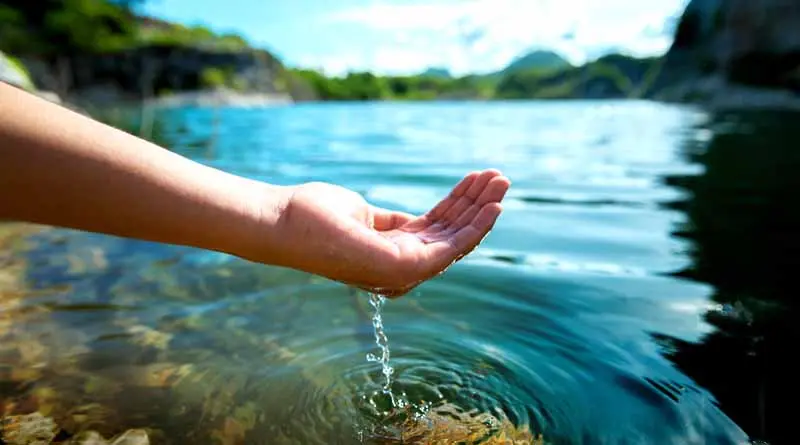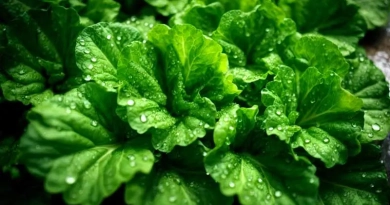
What’s the best way to purify water in the wild?
The creek runs clear and cold, slicing through the heart of the wilderness, where I’ve pitched my tent under the wide, unblinking eye of the night sky. As I fill my canteen, a primal need confronts a modern concern—the necessity of water against the risk of unseen pathogens. So, the question arises, as essential as the air we breathe: What’s the best way to purify water in the wild?
In the vast and often untamed wilderness, water represents a paradox of life-giving nourishment and potential peril. Its purity, or lack thereof, can dramatically influence the outcome of any outdoor adventure. Understanding and implementing effective water purification methods is crucial, not just for comfort, but also for survival. Let’s explore each method in more detail and discuss a comprehensive approach to ensuring water safety.
Detailed Analysis of Water Purification Methods
Boiling
Boiling is one of the oldest and most reliable methods of water purification. By bringing water to a rolling boil, you can kill nearly all pathogens, including bacteria, viruses, and parasites.
- Advantages: It’s universally effective and doesn’t rely on chemical additives.
- Challenges: The main drawbacks are the consumption of fuel and the time it takes to both boil and cool the water, making it a less practical option for on-the-go hydration during strenuous hikes.
Chemical Treatment
Chemical treatment, using iodine or chlorine tablets, is a lightweight and compact option for purifying water.
- Advantages: These tablets are easy to carry and can purify large quantities of water without the need for equipment.
- Challenges: The chemicals can leave an unpleasant taste, and their effectiveness against protozoa like Cryptosporidium is limited. Additionally, water needs to sit for about 30 minutes before it’s safe to drink, longer if the water is cold or murky.
Filters
Portable water filters are a popular choice among hikers and campers due to their convenience and effectiveness at removing many types of pathogens.
- Advantages: Filters can physically remove bacteria and protozoa from water, making it immediately safe to drink.
- Challenges: They generally do not remove viruses unless paired with a purifier. Filters can also clog and require regular maintenance, and they are ineffective if damaged.
UV Light
Handheld UV purifiers offer a high-tech solution to water purification, using ultraviolet light to deactivate all microorganisms, including viruses.
- Advantages: UV purification is fast, taking as little as 90 seconds, and does not alter the taste of the water.
- Challenges: These devices require clear water to function effectively, as turbidity can shield pathogens from UV exposure. They also rely on battery power, which can be a limitation in remote areas.
Best Solution and Implementation: Dual Approach
Given the limitations and advantages of each method, a dual approach combining filtering and boiling offers the most comprehensive protection. This strategy is particularly suited to environments where water sources are highly suspect or in situations where illness could jeopardize survival.
Step-by-Step Implementation
- Pre-Filtering: Begin by removing large particulates using a cloth or coffee filter. This preliminary step protects finer filters from clogging and improves the clarity of the water for UV treatment.
- Filtering: Use a portable water filter to remove the majority of bacteria and protozoa. Ensure the filter meets EPA standards for water purifiers if viruses are a concern.
- Boiling: After filtering, boil the water for at least one minute, or three minutes at higher altitudes, to ensure all remaining pathogens, including viruses, are destroyed.
This comprehensive method addresses all potential threats from wilderness water sources, ensuring that the water you consume is not only refreshing but also safe. By adapting to the specific conditions of each adventure and employing a robust purification strategy, you can enjoy the natural world with confidence and good health.
Listing Resources or Tools Needed
For implementing this effective water purification method in the wild, ensure you pack the following:
- Portable Water Filter: Choose one that balances ease of use with effective pathogen removal capabilities.
- Boiling Equipment: A small camp stove and fuel, or the ability to make a fire safely.
- Pre-Filter Material: Coffee filters or a bandana.
- Fuel: Ensure you have enough fuel to boil water for the duration of your trip.
- Heat-resistant Container: A metal pot or kettle that can be placed directly over a heat source.
Conclusion
As the fire dies down and the first hints of dawn touch the sky, the water beside me, now purified and safe, is more than just a survival necessity—it is a reminder of our deep connection to the natural world. The best way to purify water in the wild, combining filtering with boiling, mirrors life’s complexity: it requires preparation, awareness, and respect for the elements. In the wild, each drop tells a story of survival, of journeys through untamed landscapes, and of quiet triumphs over unseen challenges.






